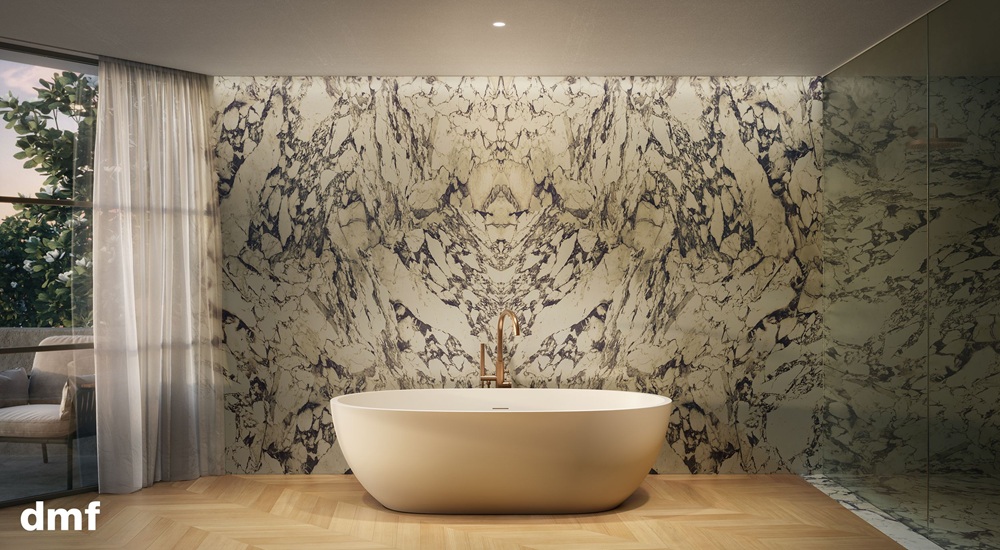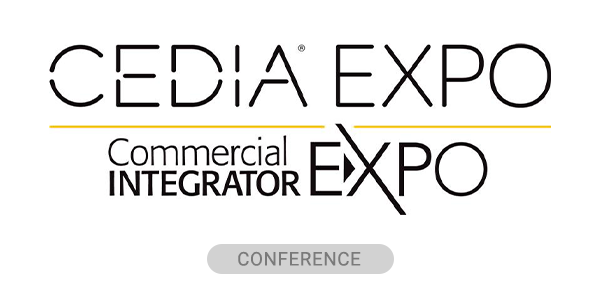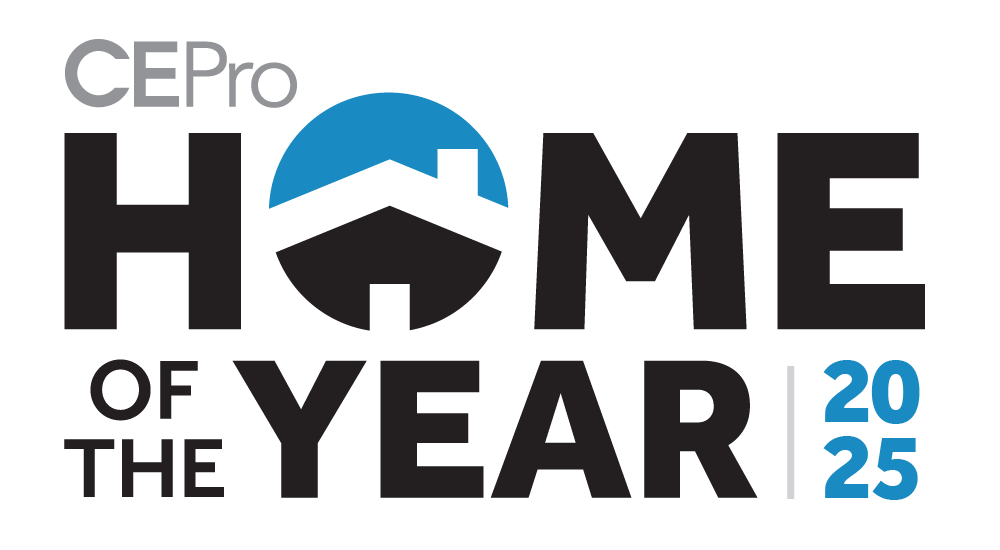Lighting has become one of the most powerful tools in the Technology Integrator’s toolbox. Yet despite its growing importance, many lighting projects still fall victim to all-too-common mistakes generated by outdated assumptions, last-minute decisions or a simple lack of collaboration. The result? Poor lighting misaligned with the fit and finish of the home, as well as homeowner expectations.
At DMF Lighting, we work closely with integrators, designers, and builders across the country and we see the same lighting pitfalls play out again and again. Here are six of the most common lighting mistakes we encounter in the field, along with expert-backed strategies for how integrators can avoid them and elevate the user experience.
Lighting Mistake #1: Waiting Too Long to Plan Lighting
One of the most common lighting mistakes in residential construction is leaving lighting to be figured out at the end of a project. Many designers or builders treat it like a finishing touch, something to address after cabinetry and wall finishes. But lighting is both architectural and technological. It affects everything from ceiling layout and switch locations to wiring pathways and control systems.
How to avoid it:
Push to be involved early, ideally during the schematic design phase. Early integration allows for seamless coordination with architectural elements and ensures that fixture placement, housing depth, and control zones are planned proactively rather than retrofitted under pressure. This prevents delays, costly change orders, and compromised design intent.
Lighting Mistake #2: Assuming More Light Means Better Light
It’s a common misconception: the brighter the lighting, the better, but over-lighting can often be a big mistake that ends up doing more harm than good—flattening textures, creating glare, and making spaces feel harsh or clinical.
How to avoid it:
Educate clients and partners about layered lighting. The best lighting designs balance ambient, task, and accent light to enhance functionality while supporting the mood and purpose of each room. Whether it’s a cozy reading nook or a bustling kitchen, layering allows for flexibility and sophistication in how light is used throughout the day.
Lighting Mistake #3: Choosing Fixtures Based on Price, Not Performance
Not all fixtures are created equal. Variations in color quality, optics, and dimming performance can dramatically impact a space’s look and feel. Low-quality fixtures can cause flicker, color shift, and hot spots that detract from both comfort and aesthetics.
How to avoid it:
Use sample boards and mockups to demonstrate the difference. Help clients and designers understand how a high-performance module with beam control, tunable white, and true-to-life color rendering can transform a space.
Lighting Mistake #4: Relying Too Heavily on Natural Light
Natural lighting is a wonderful asset, but it’s a common mistake to rely too much on it because of how unpredictable it can be. Rooms evolve throughout the day and across seasons, and natural light can’t always support every function or mood.
How to avoid it:
Highlight the need for artificial lighting that complements and compensates for daylight changes. This is especially important in multifunctional spaces, such as living rooms. Incorporate digital tunable white lighting systems to enhance wellness and provide a dynamic, responsive lighting experience 24/7.
Lighting Mistake #5: Avoiding Smart Lighting Systems Out of Fear
Despite the rise of intelligent home automation, some designers and even homeowners are still skeptical of smart lighting. They worry it’s too complex, overengineered, or difficult to use.
How to avoid it:
Show, don’t tell. Demonstrate intuitive control options, like app-based dimming, voice activation, and preset scenes that shift light based on time of day or activity. When clients experience these systems firsthand, they see that smart lighting isn’t intimidating, it’s empowering.
Lighting Mistake #6: Failing to Collaborate Across Disciplines
One of the most common mistakes that usually happens without anyone even knowing is when lighting decisions happen in silos. Designers choose aesthetics, electricians manage installation, and builders execute, but no one is speaking the same language. The result: mismatched finishes, awkward switch placement, or technology that undermines the design intent.
How to avoid it:
Establish a unified workflow early. Share design visuals, walk through control plans, and bring finish samples to on-site meetings. Lighting integrators should act as collaborators, not just contractors. At DMF, we encourage use of thoughtful design, photometric studies, and physical trim samples to help the entire project team visualize how lighting will perform and feel within the space.
Looking Ahead: A More Collaborative Future
Lighting is no longer a commodity, it’s a cornerstone of the design process. And as homes evolve to meet new demands for flexibility, wellness, and automation, lighting design must evolve too.
In the next few years, expect to see deeper collaboration between integrators, designers, and architects. Lighting will be specified not just for illumination, but for how it supports the user experience, and design storytelling. At DMF, we’re already seeing increased demand for integrated lighting that’s both technically advanced and visually seamless.
For integrators, this is an opportunity to lead the conversation and educate partners, steer early planning decisions, and champion solutions that combine performance with beauty.
Final Takeaway
Lighting should never be an afterthought. When planned with care and collaboration, it can define a home’s character, support daily life, and delight the client at every turn.
By avoiding these common lighting mistakes and embracing tools like modular systems, intelligent controls, and experiential demos, integrators can elevate their projects and position themselves as essential partners in the design-build process.
Mike Libman is the Sales Vice President, Custom Integrators for DMF Lighting who works with smart home technology professionals to provide lighting solutions to their clients. He believes lighting is about enhancing the elements that people love about their homes. He can be reached at [email protected].







